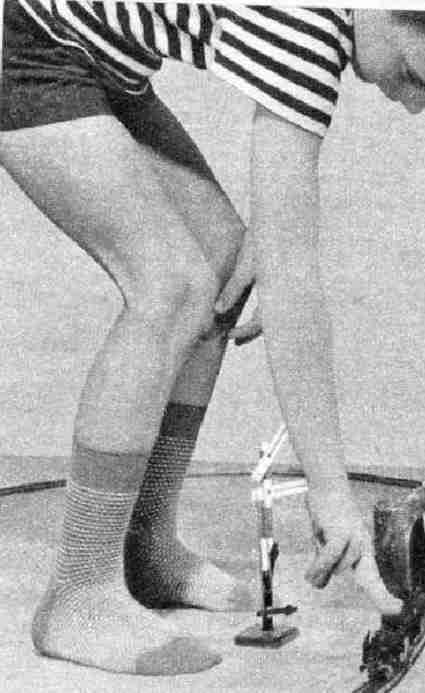
Figure 1.--.


Figure 1.--. |
HBC still has quite limited information on Ankle socks were little worn by Dutch boys in the 1920s, excet by younger boys. They seemed to have grown in popularity during the 1930s. I'm not sure how popular they were in the 1930s. We note boys in youth groups wearing them in the easrly 1940s. as late as the 1930s. At first they may have been primarily a sasonal style. Dutch boys in the 1930s appear to have worn them with suits as well as more casually. They seem to have been more common than in Britain. We begin to commonly see ankle socks by the 1940s. Dutch boys involoved in the pro-NAZI youth movement commonly wore ankle socks. Youth groups in other countries mostly wore kneesocks. Ankle socks began to be more common in the 1950s. Most Dutch boys began wearing ankle socks in the 1960s and by the 1970s, kneesocks were little worn, except by younger boys. They were not worn by older boys even gfor casual wear.
Navigate the Boys' Historical Clothing Web Site:
[Introduction]
[Activities]
[Bibliographies]
[Biographies]
[Chronology]
[Clothing styles]
[Contributions]
[Countries]
[Boys' Clothing Home]
Navigate the Boys' Historical Clothing Dutch pages:
[Dutch boys clothing]
[Maiken Island]
[Dutch choirs]
[Dutch royalty]
[Dutch scouts]
[Dutch school uniform]
[Dutch boys bangs]
Navigate the Boys' Historical Clothing national pages:
[Return to the Main Dutch ankle socks page]
[Return to the Main countries page]
[Australia]
[Belgium]
[England]
[France]
[Germany]
[Ireland]
[Italy]
[Japan]
[Korea]
[Mexico]
[Netherlands]
[Scotland]
[United States]
